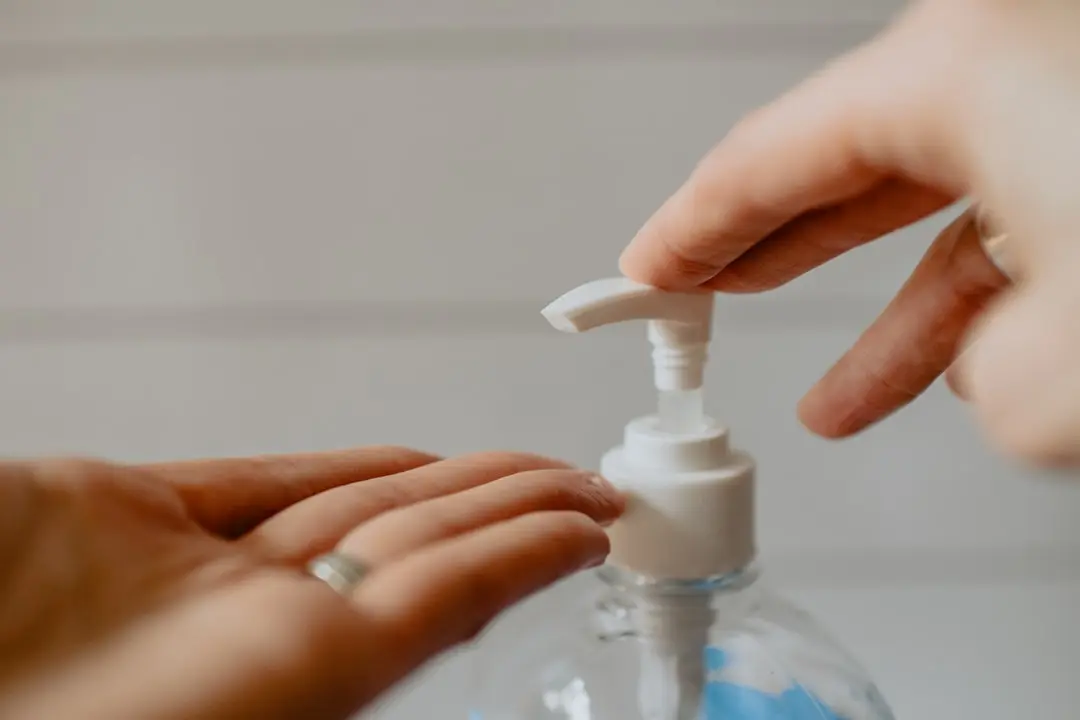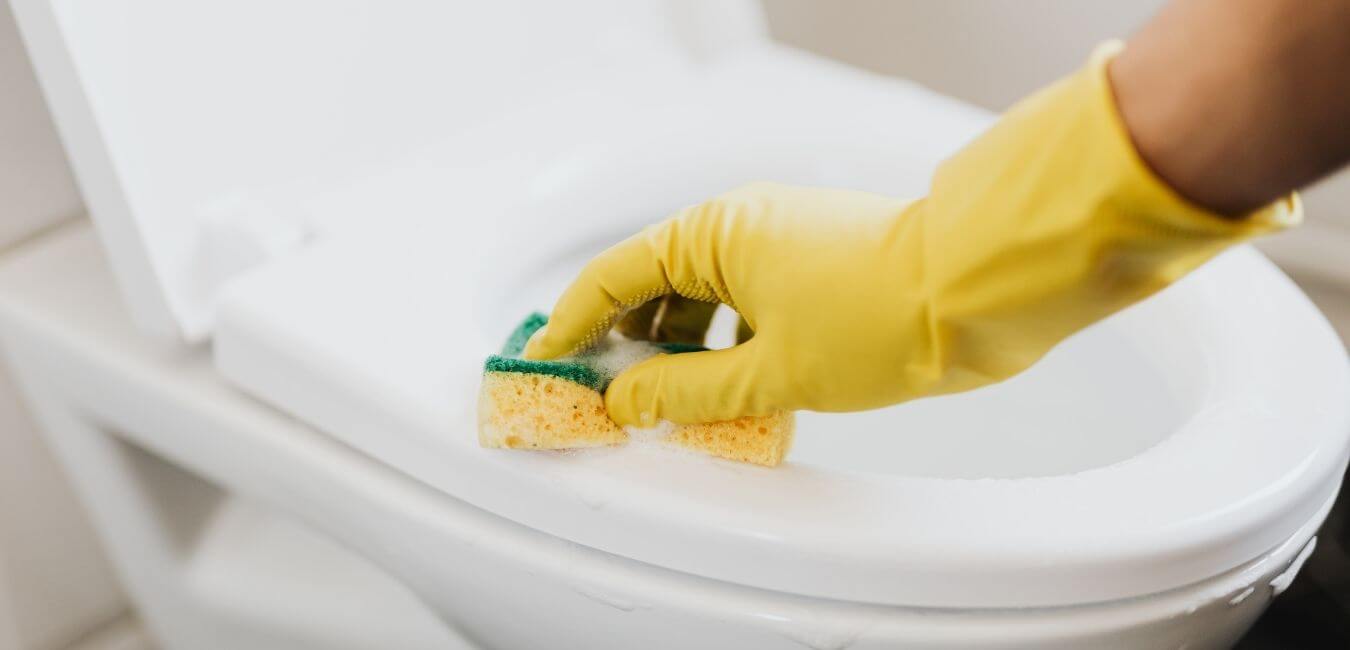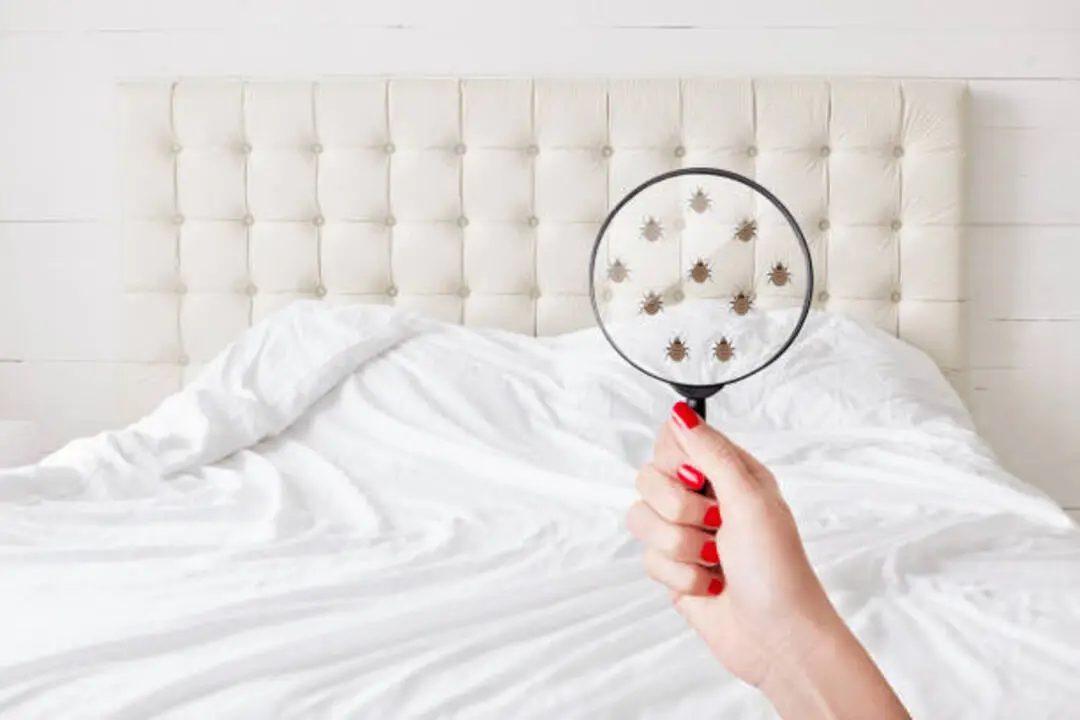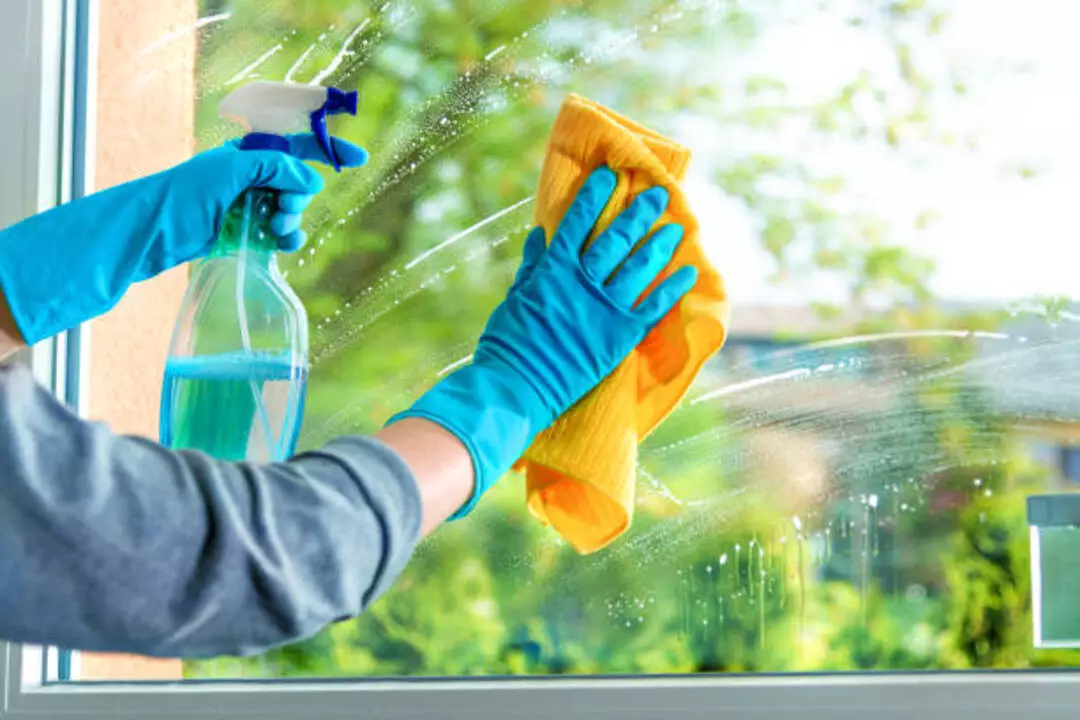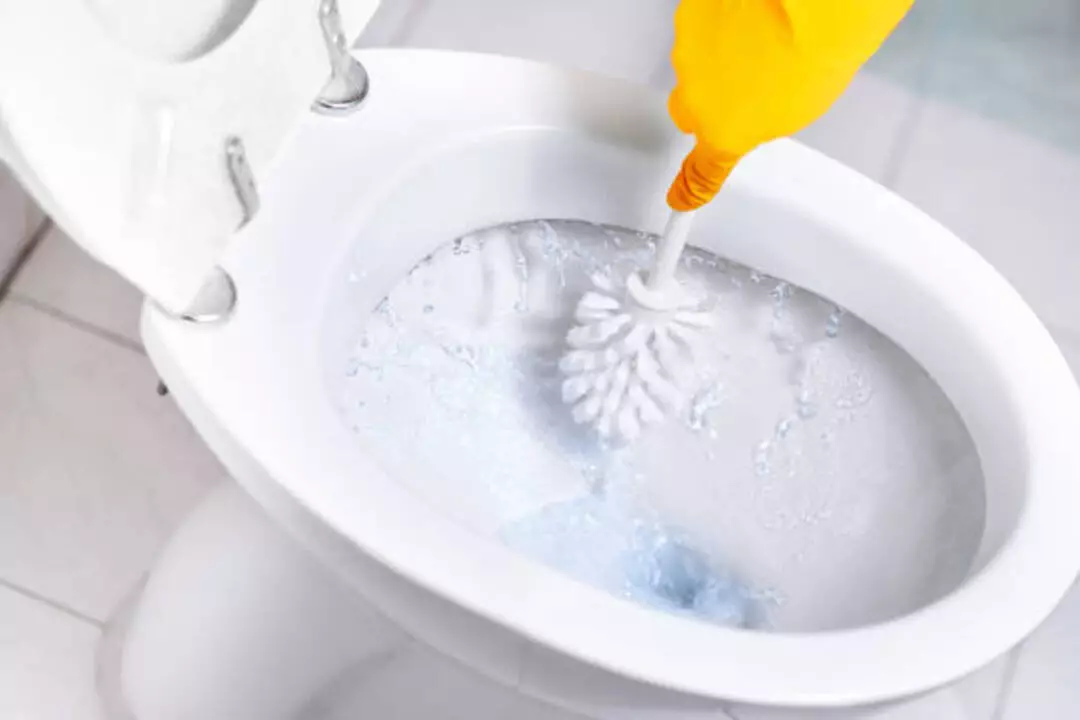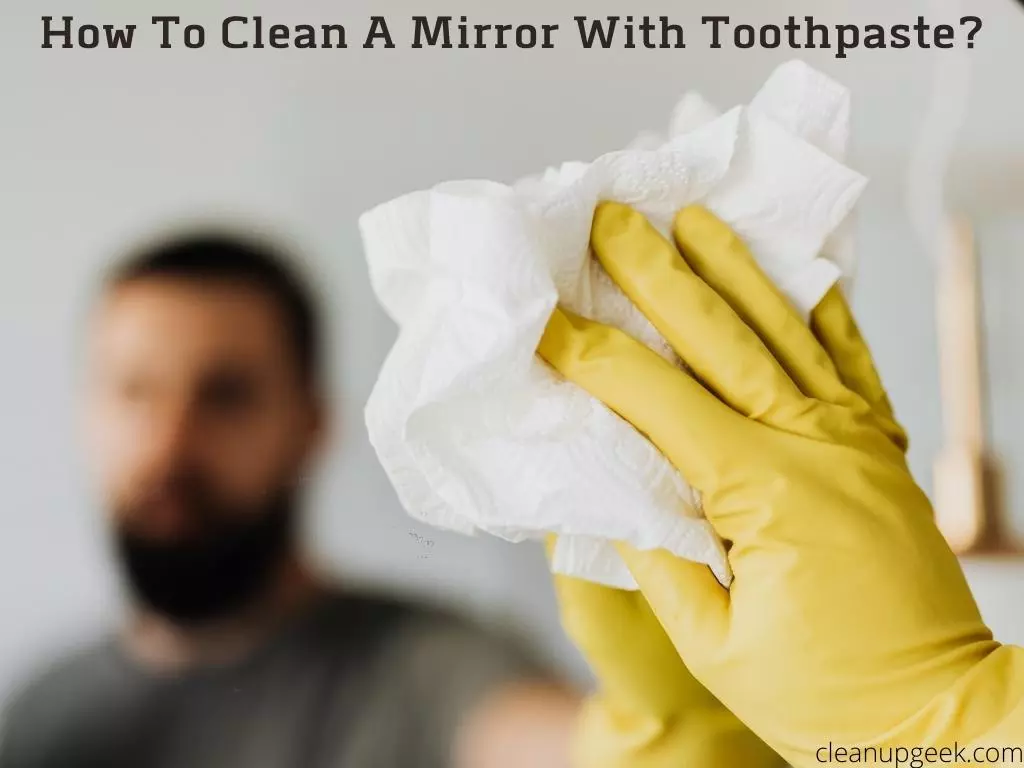Having a hard time cleaning your sensitive rugs and upholstery? Vacuuming can be tricky when those delicate fabrics are involved.
This handy guide will teach you tried-and-true techniques to preserve the beauty of these items while still achieving top-notch cleanliness.
Let’s transform vacuuming from a chore into an art!
KEY INFORMATION
- Vacuuming delicate rugs and upholstery requires special techniques to avoid damaging the fabrics.
- Shaking out rugs before vacuuming helps loosen dirt and debris trapped in the fibers.
- Use a delicate surface tool or nozzle attachment on your vacuum cleaner when vacuuming rugs and upholstery to prevent damage.
- Regularly brushing rugs, rotating them, moving furniture, and seeking professional help when needed are important steps for maintaining the cleanliness of delicate rugs and upholstery.
How to Properly Vacuum Different Types of Rugs
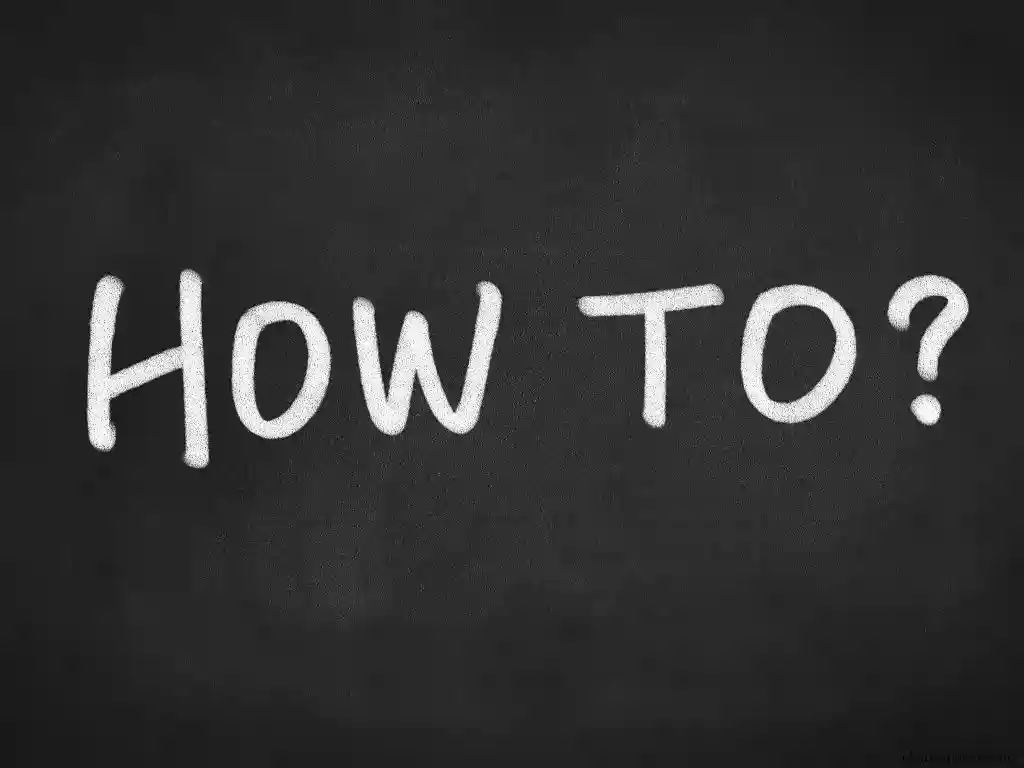
To properly vacuum different types of rugs, start by shaking out the rug to loosen any dirt or debris. Then, flip the rug over and vacuum the underside to remove any loose particles.
Finally, flip it back over and vacuum the top side using gentle strokes to avoid damaging delicate fibers.
Shaking out the rug
Take your rug outside and give it a good shake. This helps to loosen and remove dirt or dust trapped inside the fibers. Do this over a deck or clean area so that your rug doesn’t get dirty again while shaking it out.
Be gentle, though, as rough shaking might harm delicate rugs.
Vacuuming the underside
To properly vacuum delicate rugs, it’s important to start by shaking them out over a deck or outdoor area. This helps to loosen any dirt and debris that may be trapped in the fibers.
Once you’ve done this, gently flip the rug over and begin vacuuming the underside. Be sure to use a nozzle attachment or delicate surface tool on your vacuum cleaner to avoid using the powerful spinning brush that could damage the rug.
By vacuuming the underside of the rug, you’ll be able to remove any remaining dirt and dust particles that can build up over time. Vacuuming both sides of the rug will help keep it clean and extend its lifespan.
When cleaning upholstery, it’s also essential to pay attention to detail and thoroughly vacuum all areas of furniture without causing any damage. Start by checking for loose threads or snags before beginning the process.
Use an upholstery attachment or soft brush on your vacuum cleaner for effective cleaning without harming delicate fabrics like microfiber upholstery. Remember to use a low suction setting when vacuuming upholstery as too much suction can pull and stretch certain materials.
Flipping over and vacuuming the top
After vacuuming the underside of your delicate rug, it’s time to flip it over and vacuum the top. This ensures that you remove any remaining dust or dirt that may be trapped in the rug fibers.
Use a nozzle attachment or delicate surface tool on your vacuum cleaner to gently lift up dirt without using the powerful spinning brush. Be sure to move in straight lines and overlap each pass to ensure thorough cleaning.
By flipping over and vacuuming the top, you’ll leave no trace of dirt on your beautiful rug.
General Tips for Cleaning Rugs

Brush your rugs regularly to remove pet hair and dirt, rotate them periodically to prevent uneven wear, move furniture when vacuuming to avoid damage, and know when it’s time to seek professional help.
Brushing to remove pet hair
To remove pet hair from rugs and upholstery, a helpful technique is brushing. Take a soft brush or even a rubber glove and gently brush the surface in the direction opposite to the nap of the fabric.
This will help loosen and lift up the pet hair, making it easier to vacuum away. Remember to collect and dispose of the loosened pet hair properly after brushing. Regular brushing can go a long way in keeping your rugs and upholstery free from those pesky pet hairs so that you can enjoy a clean home environment.
Rotating rugs regularly
To keep your rugs in top condition, it’s important to rotate them regularly. This helps prevent uneven wear and tear, ensuring that they maintain their beauty for longer. By rotating your rugs every few months, you distribute the foot traffic and sunlight exposure more evenly across the entire surface.
This simple step can significantly extend the lifespan of your rugs, keeping them looking fresh and vibrant. So don’t forget to give your rugs a turn every now and then – it’s an easy way to preserve their beauty and protect your investment!
Moving furniture to prevent damage
To prevent damage to your delicate rugs and upholstery, it’s important to move furniture before vacuuming. This helps you reach all the hidden spots and ensures a thorough clean. By moving furniture, you avoid the risk of snagging or tearing delicate fabric when vacuuming around it.
It also allows you to remove dirt and debris that might have accumulated underneath. So, take a few extra minutes before vacuuming to move any chairs, tables, or other pieces of furniture out of the way for a more effective cleaning session.
Knowing when to call in professionals
If you’re struggling to clean your delicate rugs or upholstery, it’s important to know when it’s time to call in professionals. While regular vacuuming can maintain the cleanliness of your home, some situations require expert help.
For example, if you have stubborn stains on your rugs or upholstery that won’t come out with regular cleaning methods, a professional cleaner can use specialized techniques and products to remove them effectively.
Similarly, if your delicate fibers are damaged or frayed, professionals can provide repair services to restore their beauty and extend their lifespan. It’s also a good idea to seek professional assistance if you’re unsure about the proper cleaning methods for specific types of rugs or upholstery.
How to Vacuum Furniture Without Damaging Upholstery
Watch this Guide
Title: House Dusting: Vacuuming Upholstery, Bedding & Mattresses
To vacuum furniture without damaging the upholstery, check for loose threads and snags before starting. Use an upholstery attachment or soft brush, along with a clean vacuum cleaner, to remove dirt and debris.
Vacuum in a pattern, using a low suction setting, and test on an inconspicuous area first. Consider alternative tools for pet hair removal to protect delicate fabrics.
Checking for loose threads and snags
Before you start vacuuming your delicate rugs and upholstery, it’s essential to check for any loose threads or snags. These can get caught in the vacuum cleaner and cause damage. Take a close look at your rugs and upholstery, inspecting them for any loose threads or snags that could potentially be pulled by the suction of the vacuum.
If you spot any, gently tuck them back into the fabric or trim them carefully with scissors to prevent further unraveling. By taking this precautionary step, you’ll ensure that your vacuuming process goes smoothly without causing any harm to your delicate rugs or upholstery.
Using an upholstery attachment or soft brush
When vacuuming delicate upholstery, it is important to use the right tools. An upholstery attachment or a soft brush can help prevent damage to the fabric. These attachments are designed to gently lift dirt and debris without causing any harm.
Before using them, make sure there are no loose threads or snags on your furniture. Start by vacuuming in a pattern, moving from one section to another. Use a low suction setting and test the attachment on an inconspicuous area first to ensure it doesn’t cause any discoloration or damage.
Finally, if you’re dealing with pet hair, consider using alternative tools like lint rollers or rubber gloves for effective removal.
Using a clean vacuum cleaner
To effectively vacuum delicate rugs and upholstery, it is crucial to use a clean vacuum cleaner. A dirty vacuum can actually make your cleaning efforts less effective and even spread dirt and allergens around your home.
Ensure that the dust bag or canister is empty before you begin, as a full bag can hinder suction power. Additionally, regularly clean or replace the filters in your vacuum to maintain optimal performance.
By using a clean vacuum cleaner, you’ll be able to remove dirt and debris more efficiently, leaving your rugs and upholstery fresh and spotless.
Vacuuming in a pattern
To effectively vacuum delicate rugs and upholstery, it is important to follow a specific pattern. Start by dividing the area you need to vacuum into smaller sections. Begin at one corner of the section and move the vacuum cleaner in straight lines back and forth.
This ensures that you cover every inch of the rug or upholstery without missing any spots. Avoid going too fast as this may not pick up all the dirt and debris. Instead, maintain a steady pace to thoroughly clean the surface.
By vacuuming in a pattern, you can achieve a more efficient and effective cleaning result for your delicate rugs and upholstery.
Using a low suction setting
To protect delicate rugs and upholstery while vacuuming, it’s essential to use a low suction setting on your vacuum cleaner. This helps prevent any damage or pulling of the fabric or fibers.
You can usually find this setting on the control panel or dial of your vacuum cleaner. By reducing the suction power, you’ll be able to gently remove dirt and debris without causing any harm.
Remember, too much suction can potentially loosen threads or snag delicate fabrics. So always opt for a lower setting when cleaning your rugs and upholstery.
Testing on an inconspicuous area first
Before vacuuming delicate rugs or upholstery, it’s important to test on an inconspicuous area first. This will help you determine if the vacuum cleaner and attachment you’re using are safe for the material.
Simply choose a hidden spot, like under a piece of furniture or in a corner, and run the vacuum over it gently. If there is no damage or discoloration, you can proceed with confidence knowing that your cleaning method is suitable for the delicate fabric.
Taking this precautionary step will help prevent any potential harm to your rugs or upholstery during the vacuuming process.
Using alternative tools for pet hair
When it comes to removing pet hair from rugs and upholstery, using alternative tools can be quite helpful. Instead of relying solely on your vacuum cleaner, try using a rubber glove or a damp sponge to gather the hair before vacuuming.
Another option is using a lint roller or adhesive tape to pick up the loose hairs easily. These tools work effectively in getting rid of stubborn pet hair and ensuring that your rugs and upholstery are clean and free from allergens.
Don’t forget to dispose of the collected pet hair properly after each use!
How Often to Vacuum Upholstered Furniture

Regular vacuuming is crucial for maintaining the cleanliness and appearance of your upholstered furniture. Discover the recommended vacuuming schedule to keep your upholstery spotless and fresh.
Regular vacuuming schedule
To keep your floors and upholstery looking pristine, it’s important to establish a regular vacuuming schedule. Vacuuming regularly helps prevent the buildup of dirt, dust, and allergens that can damage delicate rugs and upholstery.
For hardwood or carpet floors, aim to vacuum at least once a week. However, high-traffic areas may require more frequent vacuuming to maintain cleanliness. It’s also essential to vacuum upholstered furniture on a regular basis to remove dust and crumbs.
Consider adding this task to your weekly cleaning routine for optimal results.
Regular vacuuming not only keeps your home clean but also extends the longevity of your delicate rugs and upholstery. By removing debris before it becomes embedded in the fibers, you can preserve their beauty and prevent premature wear and tear.
Conclusion and final thoughts
In conclusion, with the help of this comprehensive guide, you can master the art of vacuuming delicate rugs and upholstery. By using proper techniques and tools, such as shaking out the rug, vacuuming gently, and utilizing attachments for furniture, you can maintain cleanliness without causing damage.
Remember to regularly vacuum and take necessary precautions to preserve the beauty and extend the longevity of your rugs and upholstery. With these tips and tricks, you’ll have spotless floors and a clean home in no time!
Frequently Asked Questions
1. What are some useful vacuuming techniques for delicate rugs and upholstery?
Effective vacuuming methods for delicate fabric care include gentle, slow movements to preserve the beauty of your rug or upholstery.
2. Can proper vacuuming practices extend the longevity of my carpets?
Yes, mastering vacuuming techniques can help extend the longevity of your carpets by providing thorough cleaning for microfiber upholstery and other materials.
3. How do I ensure a pristine floor with carpet cleaning?
To have pristine floors after carpet cleaning, make sure you use area rug cleaning techniques that match the type of fibers in your rug.
4. Are there any tips or tricks for commercial floor cleaning?
The ultimate guide to vacuuming includes different effective methods like using particular tools meant for commercial floor cleaning which will give you a lot more effective results.
5. What is included in a comprehensive guide to delicate rugs and upholstery care?
A comprehensive guide covers everything from standard rug care practices, up to more specific advice like special tips on maintaining and preserving area rugs along with how to clean them properly.
